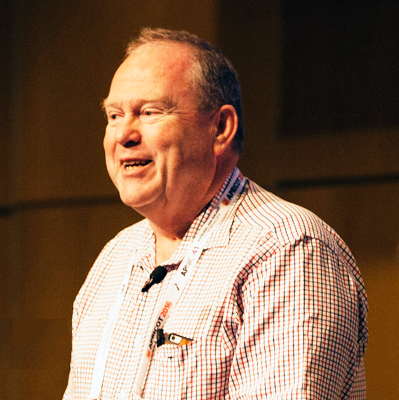DNS Privacy
While the current open nature of DNS queries makes third party monitoring, interception, and substitution incredibly easy, there are now some grounds to be optimistic and start to contemplate a DNS environment that preserves privacy and integrity.











